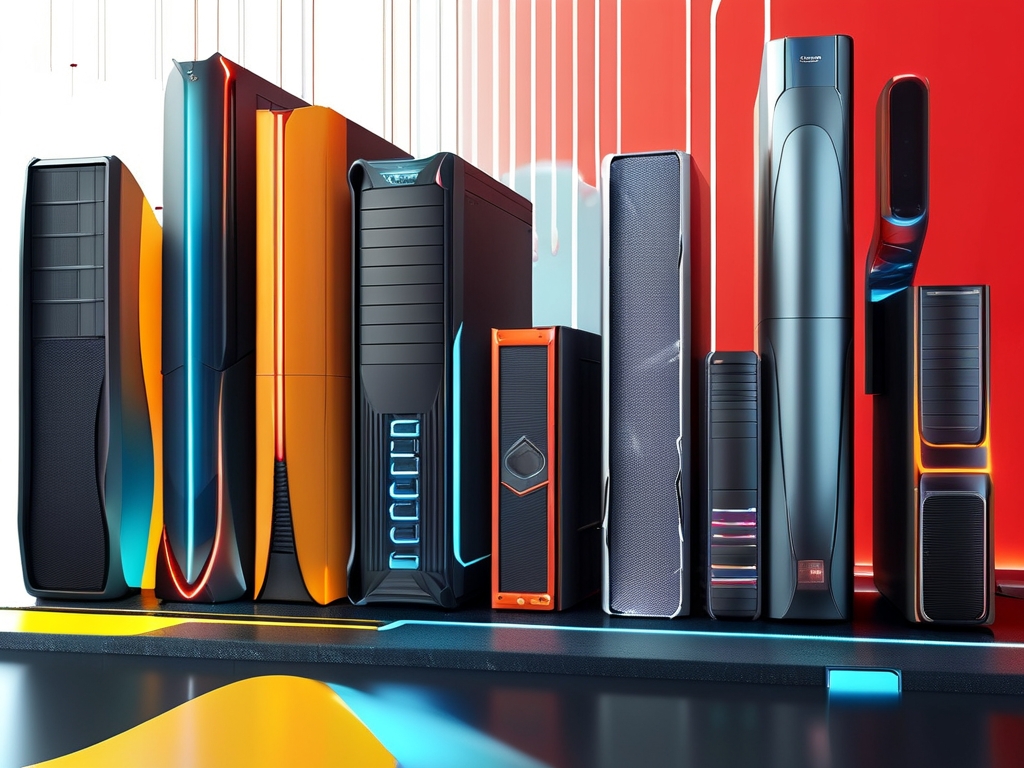In today’s fast-paced tech landscape, backend development engineers play a pivotal role in shaping the digital infrastructure of global enterprises. At Midea, a Fortune 500 company renowned for its innovation in smart home appliances and industrial technologies, mid-level backend engineers are at the heart of designing scalable systems that power millions of connected devices. This article explores the skills required, day-to-day responsibilities, and career growth opportunities for a mid-level backend engineer at Midea.

Core Technical Skills
A mid-level backend engineer at Midea is expected to master a diverse technical stack. Proficiency in programming languages like Java, Python, or Go is essential, as these languages form the backbone of Midea’s backend services. Experience with microservices architecture is critical, given the company’s reliance on distributed systems to handle high-volume data from IoT devices. Engineers must also demonstrate expertise in frameworks such as Spring Boot or Django, along with containerization tools like Docker and orchestration platforms like Kubernetes.
Database management is another cornerstone of the role. Engineers work extensively with SQL (e.g., MySQL, PostgreSQL) and NoSQL databases (e.g., MongoDB, Cassandra) to optimize data storage and retrieval. Knowledge of message brokers like Kafka or RabbitMQ is equally important for enabling real-time communication between services.
Responsibilities: Bridging Development and Operations
Mid-level engineers at Midea are not just coders—they are problem solvers who bridge development and operations. A typical day might involve:
- Designing APIs: Creating RESTful or GraphQL APIs to connect frontend applications with backend logic.
- Performance Optimization: Identifying bottlenecks in existing systems and implementing solutions to enhance scalability.
- Collaboration with Cross-Functional Teams: Working alongside DevOps engineers to automate deployment pipelines using CI/CD tools like Jenkins or GitLab.
- Security Compliance: Ensuring systems adhere to cybersecurity standards, such as encrypting sensitive user data or mitigating DDoS attacks.
- Troubleshooting: Debugging production issues and maintaining system uptime through proactive monitoring with tools like Prometheus or Grafana.
One unique aspect of working at Midea is the integration of AI and IoT. Backend engineers often collaborate with data scientists to deploy machine learning models that enhance product functionality—for example, optimizing energy consumption in smart appliances.
Career Growth and Learning Opportunities
Midea invests heavily in employee development. Mid-level engineers are encouraged to pursue certifications in cloud platforms (e.g., AWS, Azure) or advanced courses in system design. The company’s global presence also offers opportunities to work on international projects, such as optimizing supply chain systems for overseas markets.
Transitioning to senior roles requires a blend of technical depth and leadership skills. Engineers may lead small teams, mentor juniors, or drive innovation by proposing new technologies—like adopting serverless computing or edge computing frameworks.
Culture and Work-Life Balance
Midea fosters a culture of collaboration and creativity. Engineers participate in hackathons and innovation labs to experiment with emerging technologies. Flexible work arrangements, including hybrid models, ensure a healthy work-life balance—a priority in China’s competitive tech industry.
A mid-level backend development engineer at Midea is more than a developer—they are architects of the future. By combining technical expertise with a passion for innovation, they contribute to building the intelligent systems that define modern living. For those eager to grow in a dynamic, globally impactful environment, Midea offers a career path filled with challenges and rewards.





